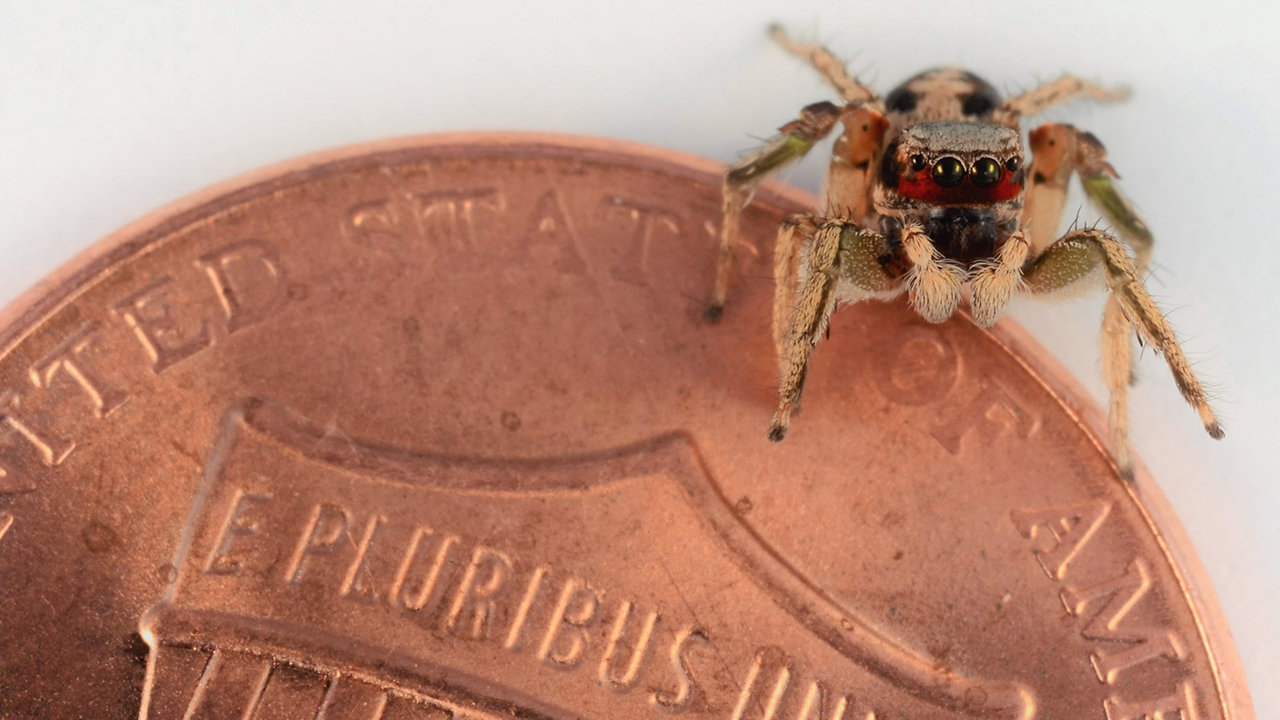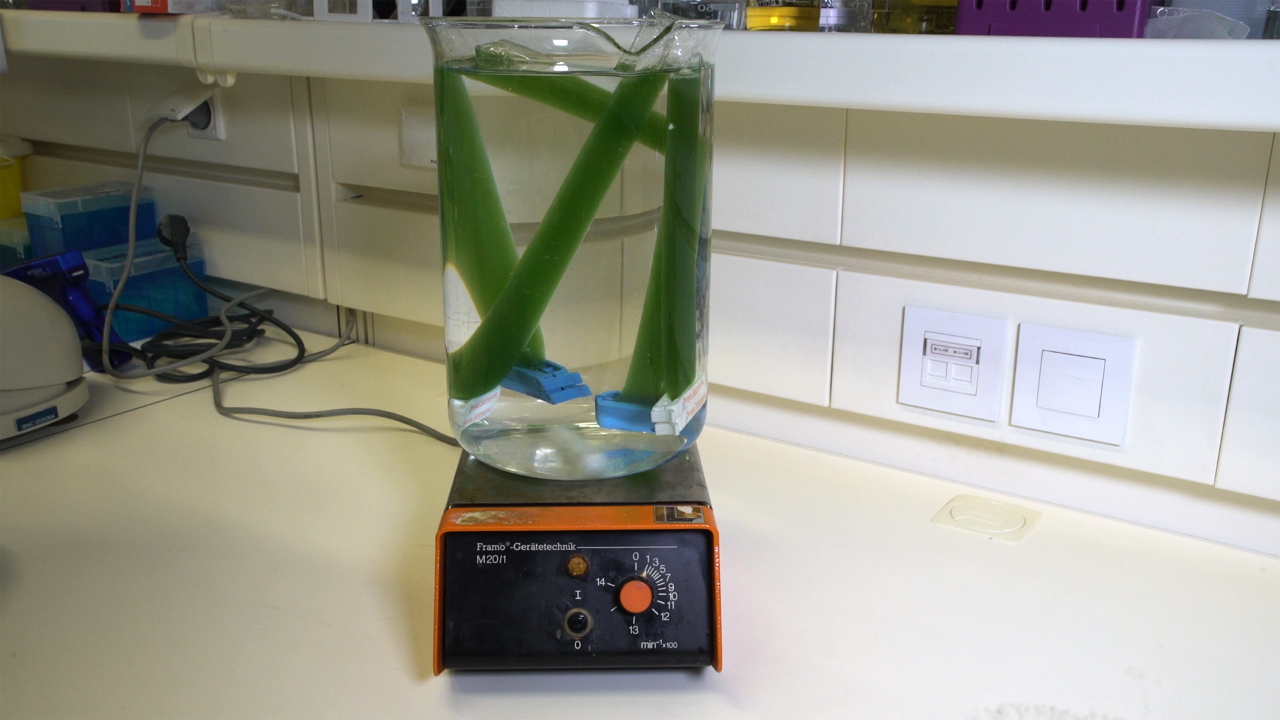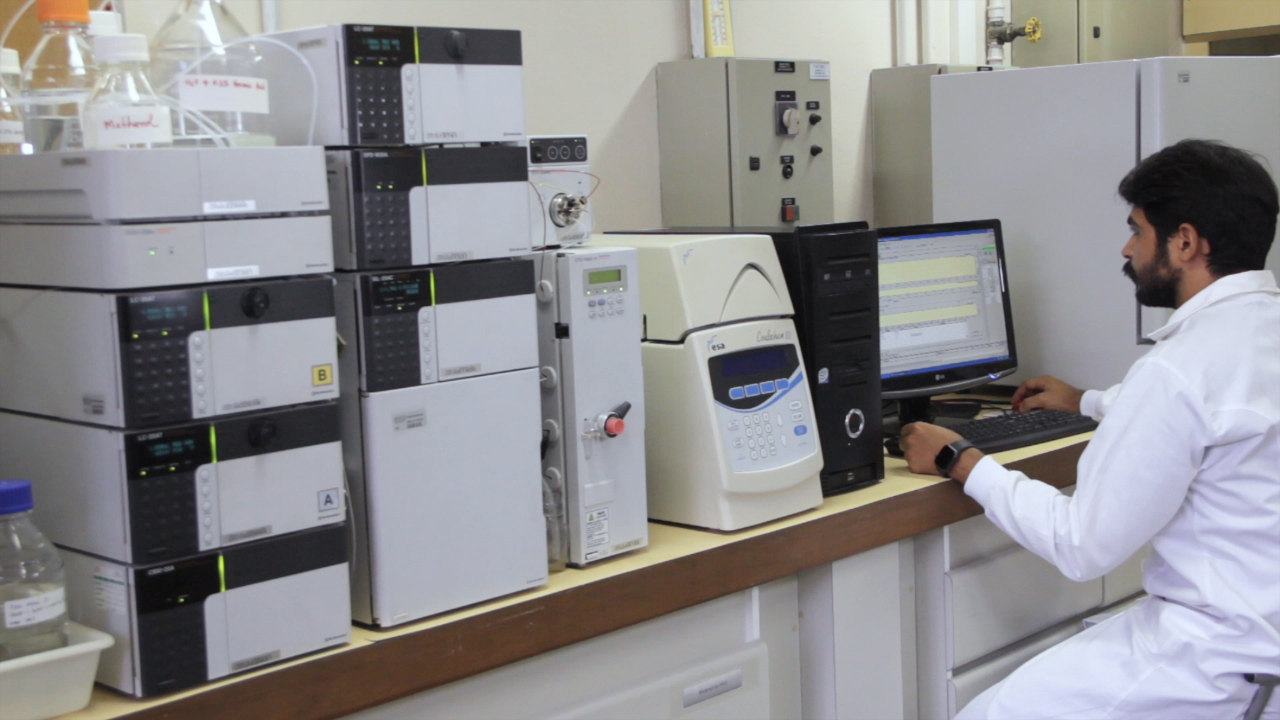Manipulation of Color Patterns in Jumping Spiders for Use in Behavioral Experiments
The goal of this protocol is to manipulate the color patterns of jumping spiders and other very small arthropods with paint in order to study questions related to sexual selection, sexual cannibalism, predation, aposematism, or any other field of animal coloration.
Spotlighting Customers' Visual Attention at the Stock, Shelf and Store Levels with the 3S Model
This article presents a new conceptualization of the in-store search process, the 3S Model, which captures customers’ visual attention at three distinct levels of analysis: Stock, Shelf, and Store. We illustrate the usefulness of our conceptualization through three eye-tracking studies, one from each level of analysis in the 3S Model.
Looking Outwards: Isolation of Cyanobacterial Released Carbohydrate Polymers and Proteins
Here, protocols for the isolation of cyanobacterial released carbohydrate polymers and isolation of their exoproteomes are described. Both procedures embody key steps to obtain polymers or proteins with high purity degrees that can be used for further analysis or applications. They can also be easily adapted according to specific user needs.
Quantification of three DNA Lesions by Mass Spectrometry and Assessment of Their Levels in Tissues of Mice Exposed to Ambient Fine Particulate Matter
We describe here methods for sensitive and accurate quantification of the lesions 8-oxo-7,8-dihydro-2'-deoxyguanosine (8-oxodGuo), 1,N6-etheno-2'-deoxyadenosine (1,N6-dAdo) and 1,N2-etheno-2'-deoxyguanosine (1,N2-dGuo) in DNA. The methods were applied to the assessment of the effects of ambient fine particulate matter (PM2.5) in tissues (lung, liver and kidney) of exposed A/J mice.






